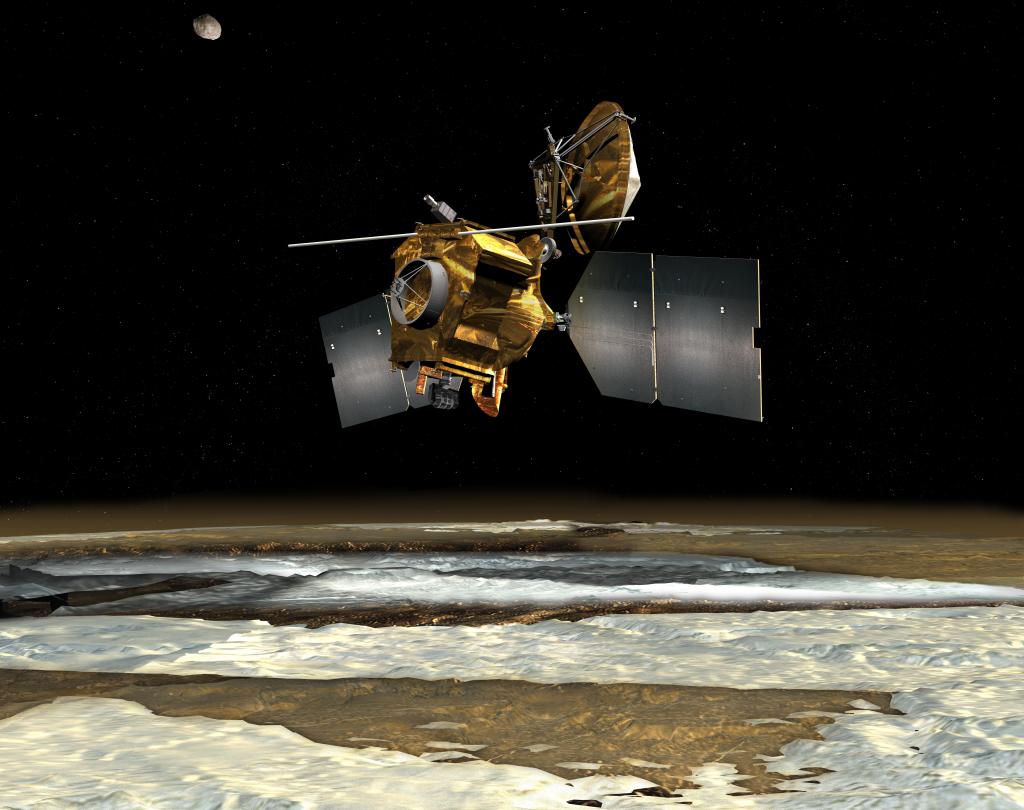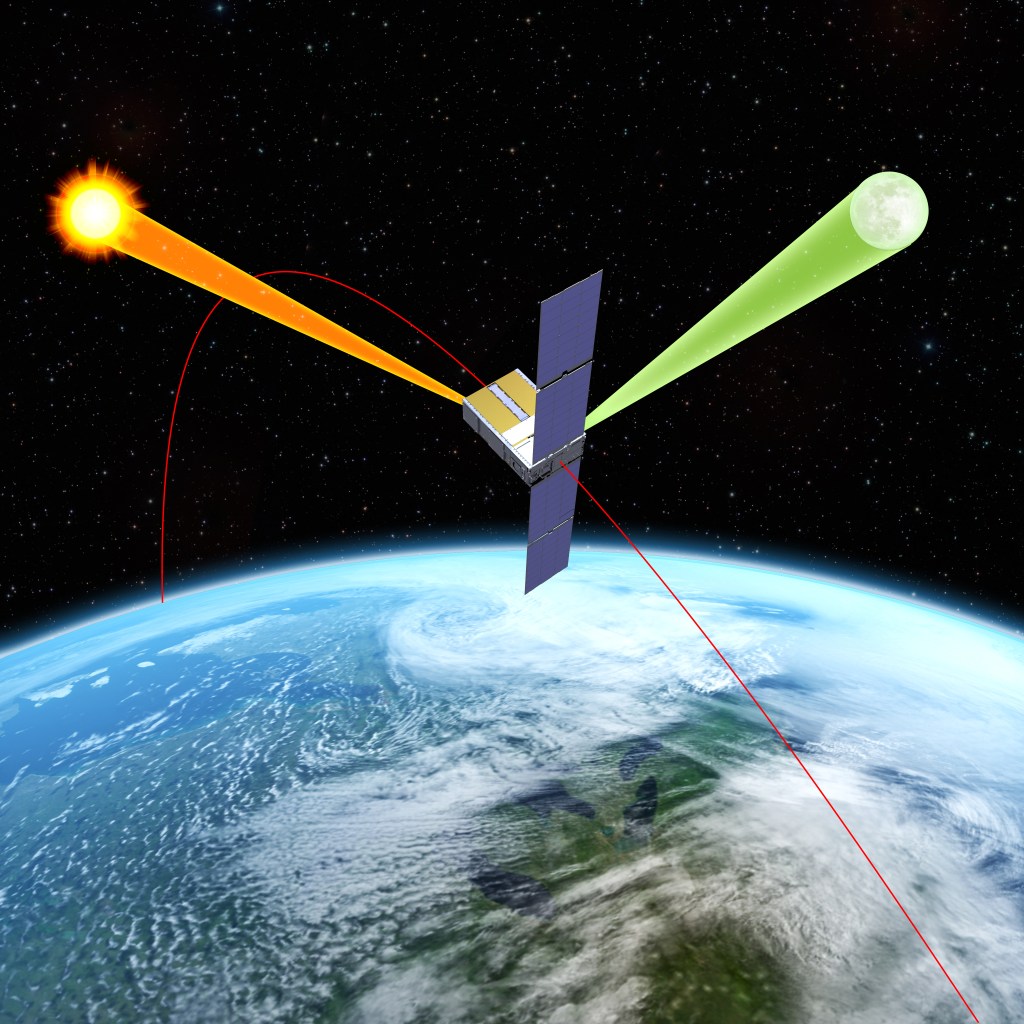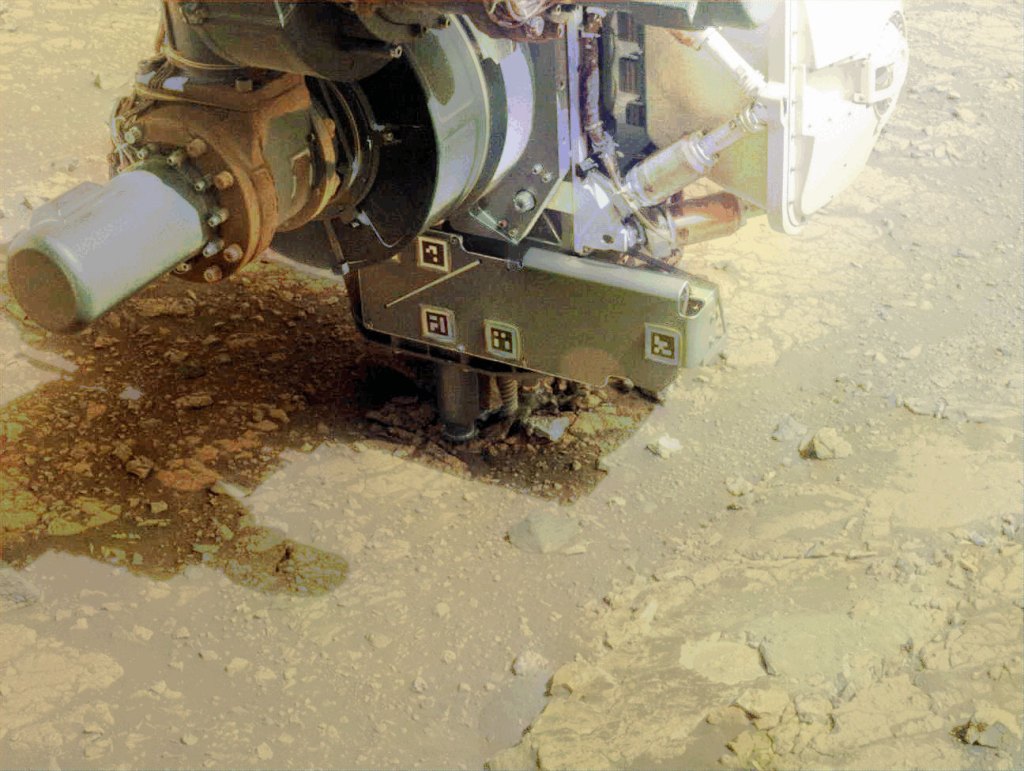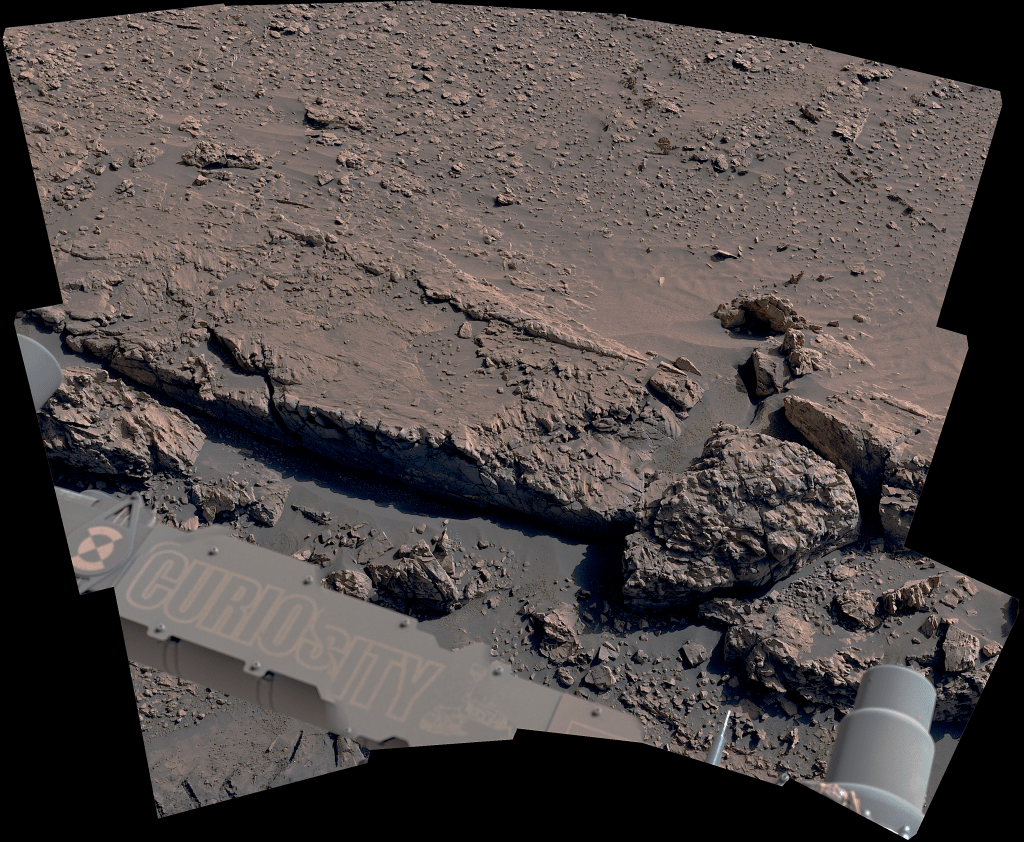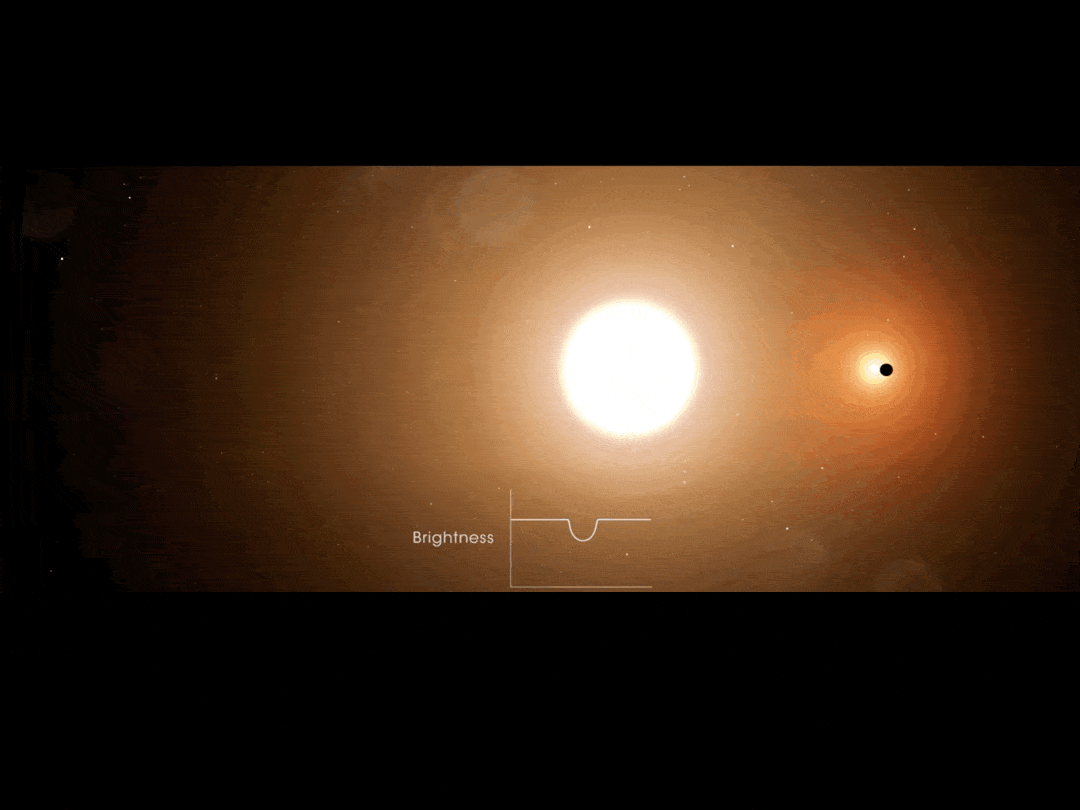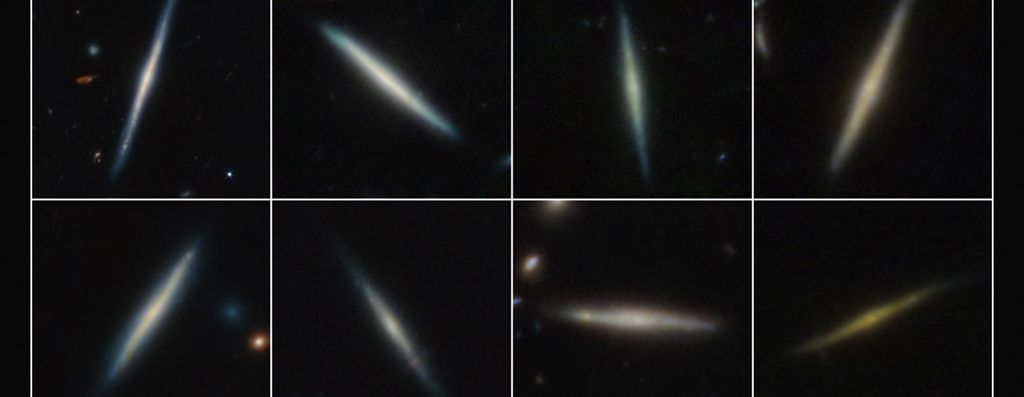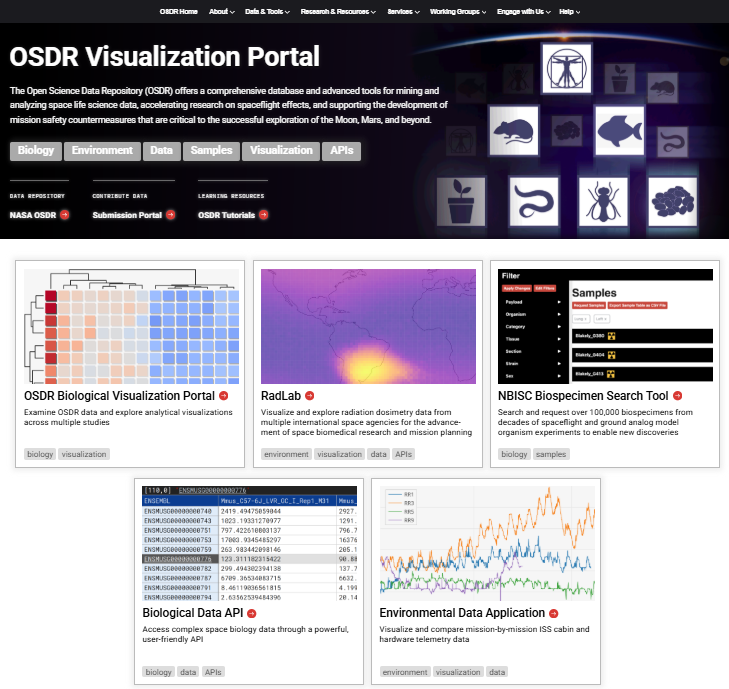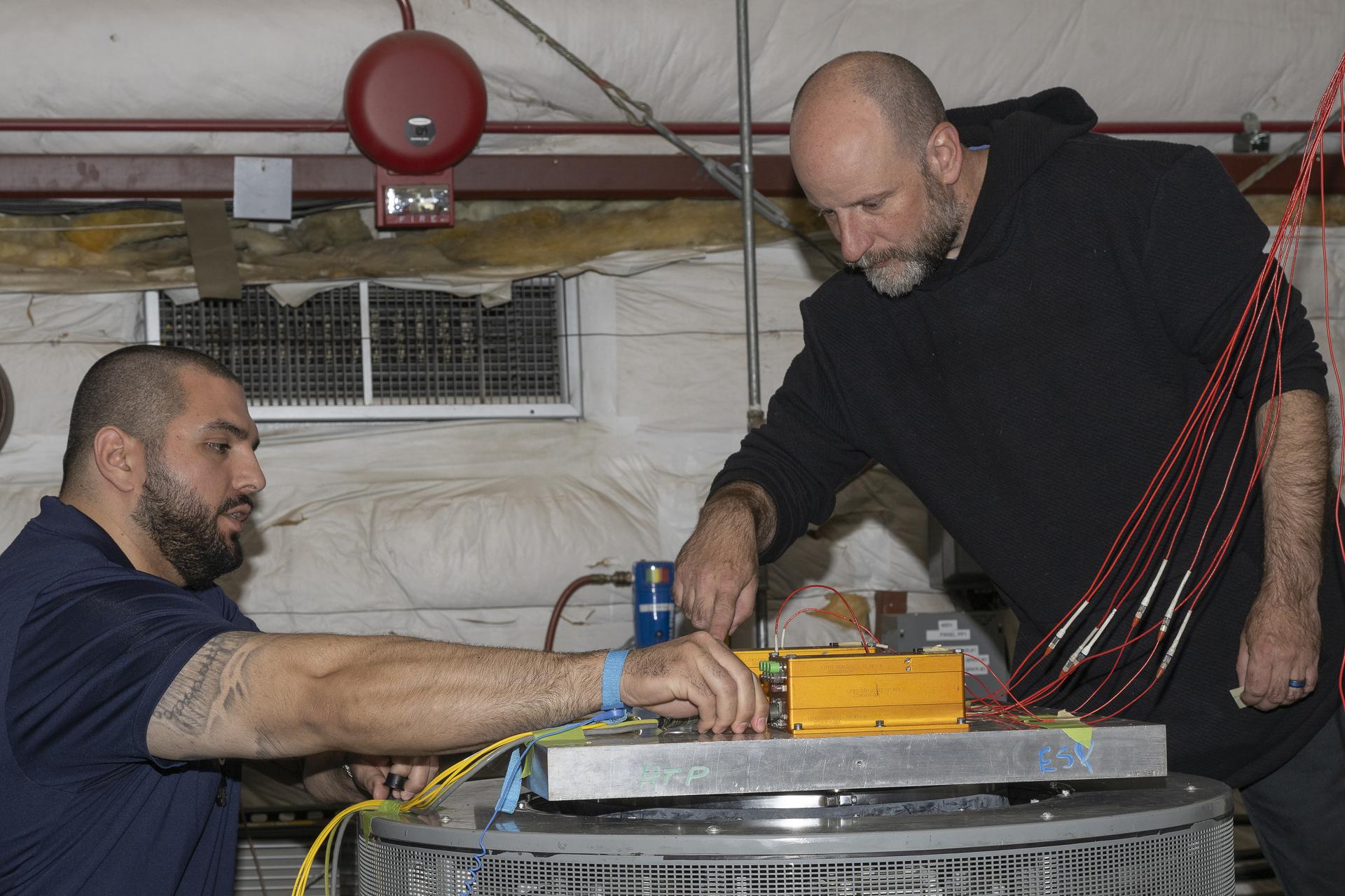
Audience
Educators
Grade Levels
Grades 5-8
Subject
Computer Science, Engineering Design
Type
Lesson Plans / Activities
NASA’s ACERO (Advanced Capabilities for Emergency Response Operations) project — led by the agency’s Ames Research Center in Silicon Valley, California — is developing innovative aviation and communication technologies to support a new era of wildland fire management. Using ACERO technologies, uncrewed vehicles, or drones, could be safely integrated into firefighting operations – helping suppress wildland fires and adding valuable operational support. ACERO technologies could also support first responders during other natural disasters like hurricanes, floods, and tornadoes. In this activity, students will create an interactive simulation of a drone navigating within a geofenced area (simulated wildfire) to help crews on the ground fight a wildfire. The simulation engages students in computational thinking, problem solving, and real-world application of mathematics.
Next Generation Science Standards:
- MS-ETS1-2 Engineering Design Evaluate competing design solutions using a systematic process to determine how well they meet the criteria and constraints of the
- MS-ETS1-3 Engineering Design Analyze data from tests to determine similarities and differences among several design solutions to identify the best characteristics of each that can be combined into a new solution to better meet the criteria for success.
- MS-ETS1-4 Engineering Design Develop a model to generate data for iterative testing and modification of a proposed object, tool, or process such that an optimal design can be achieved.

